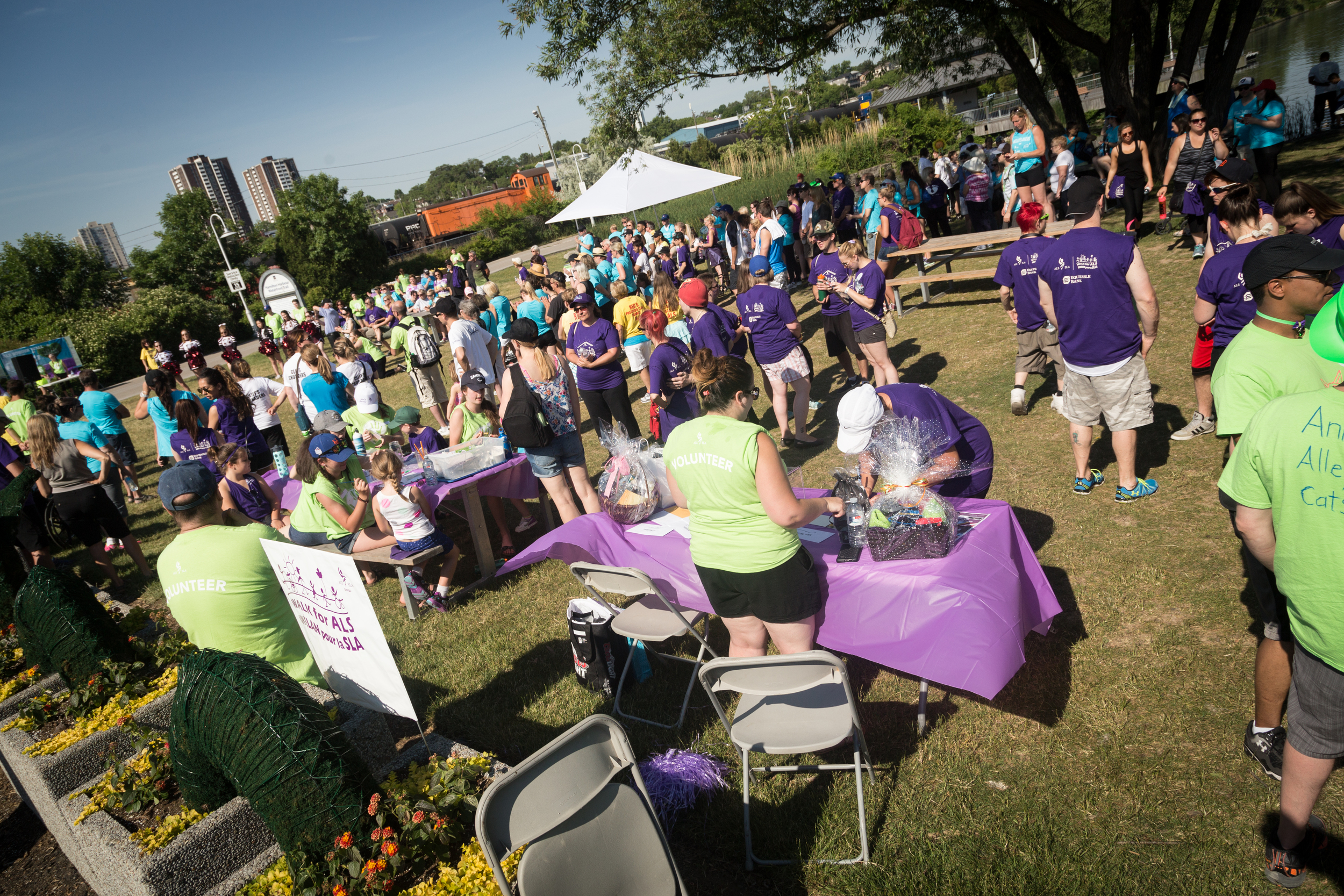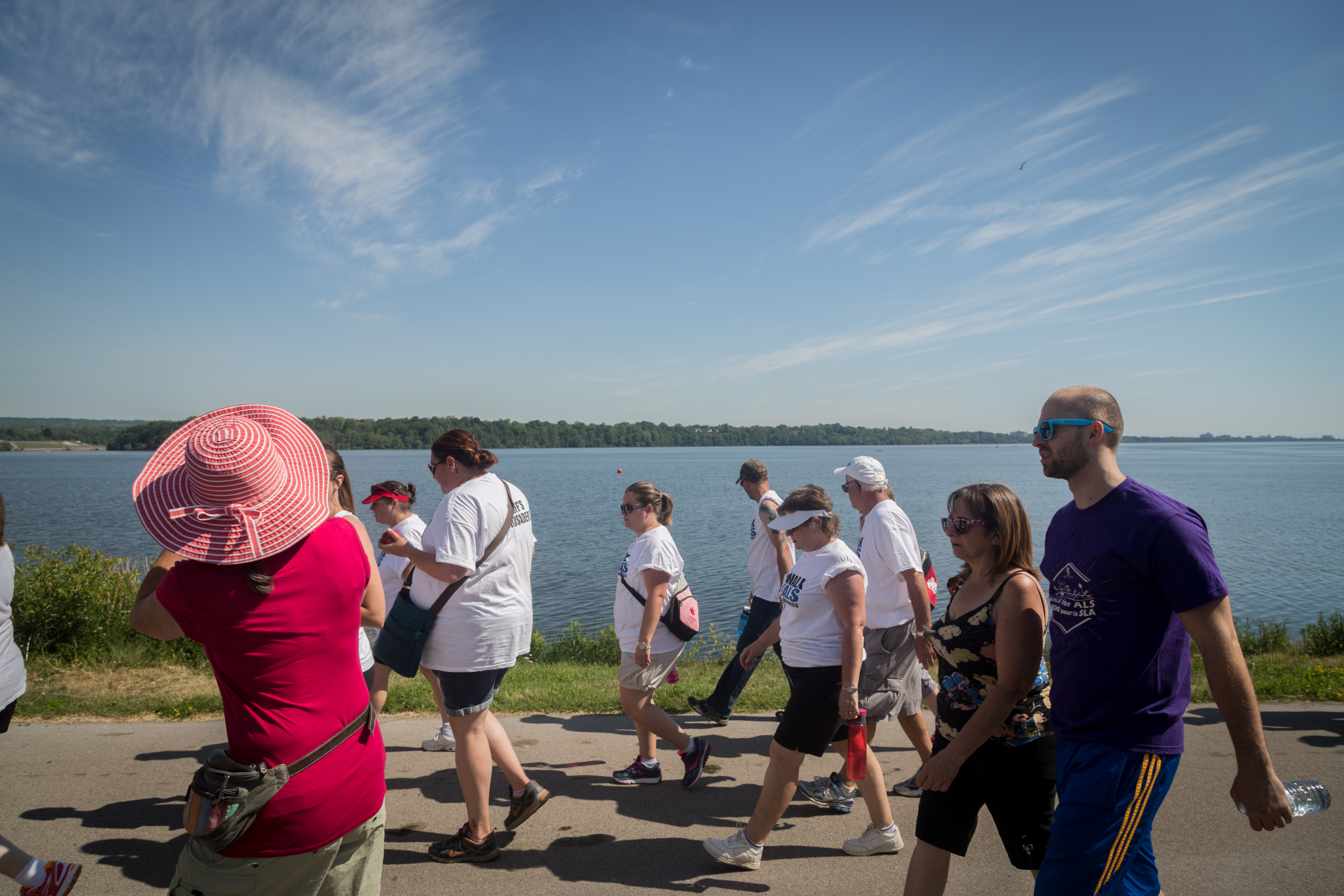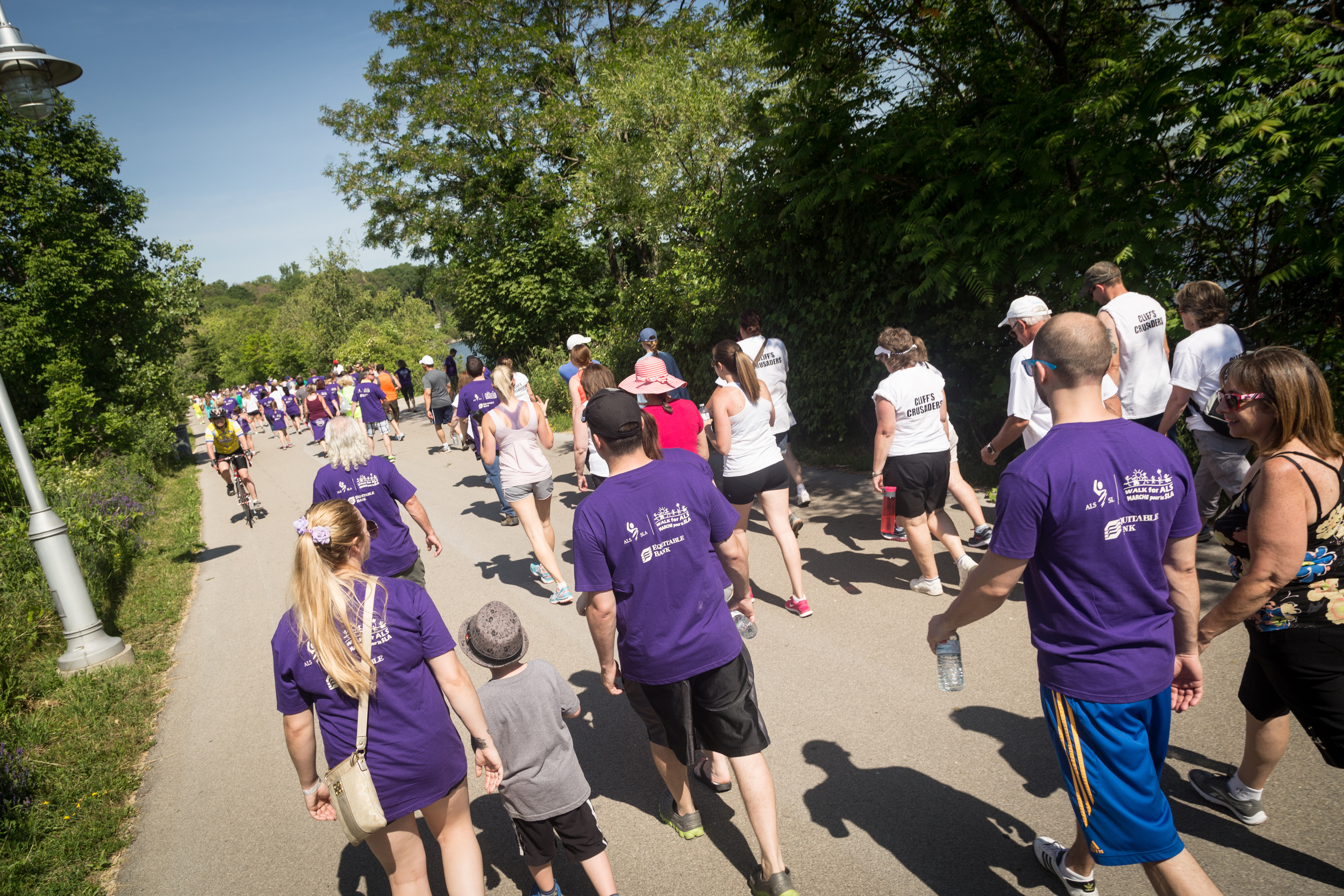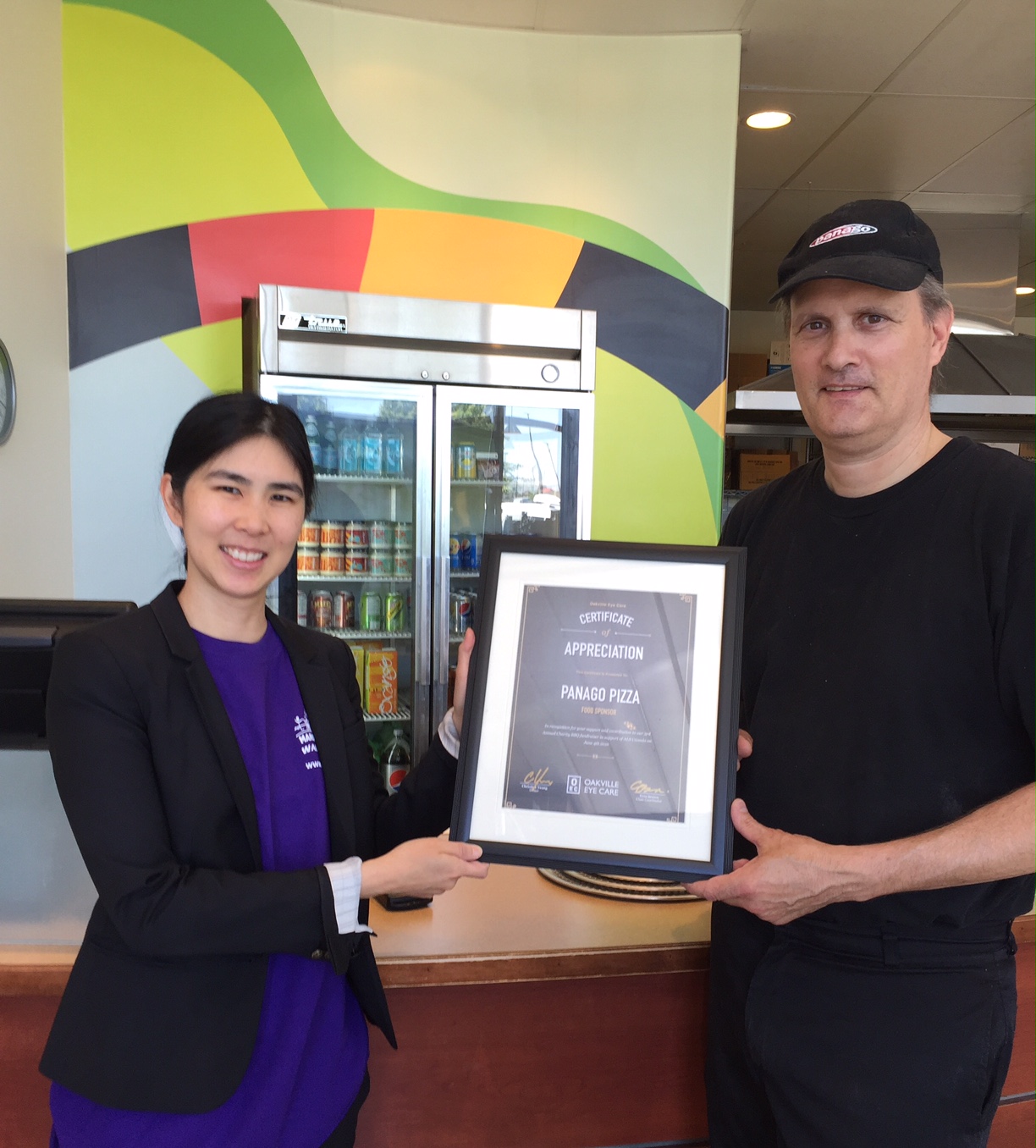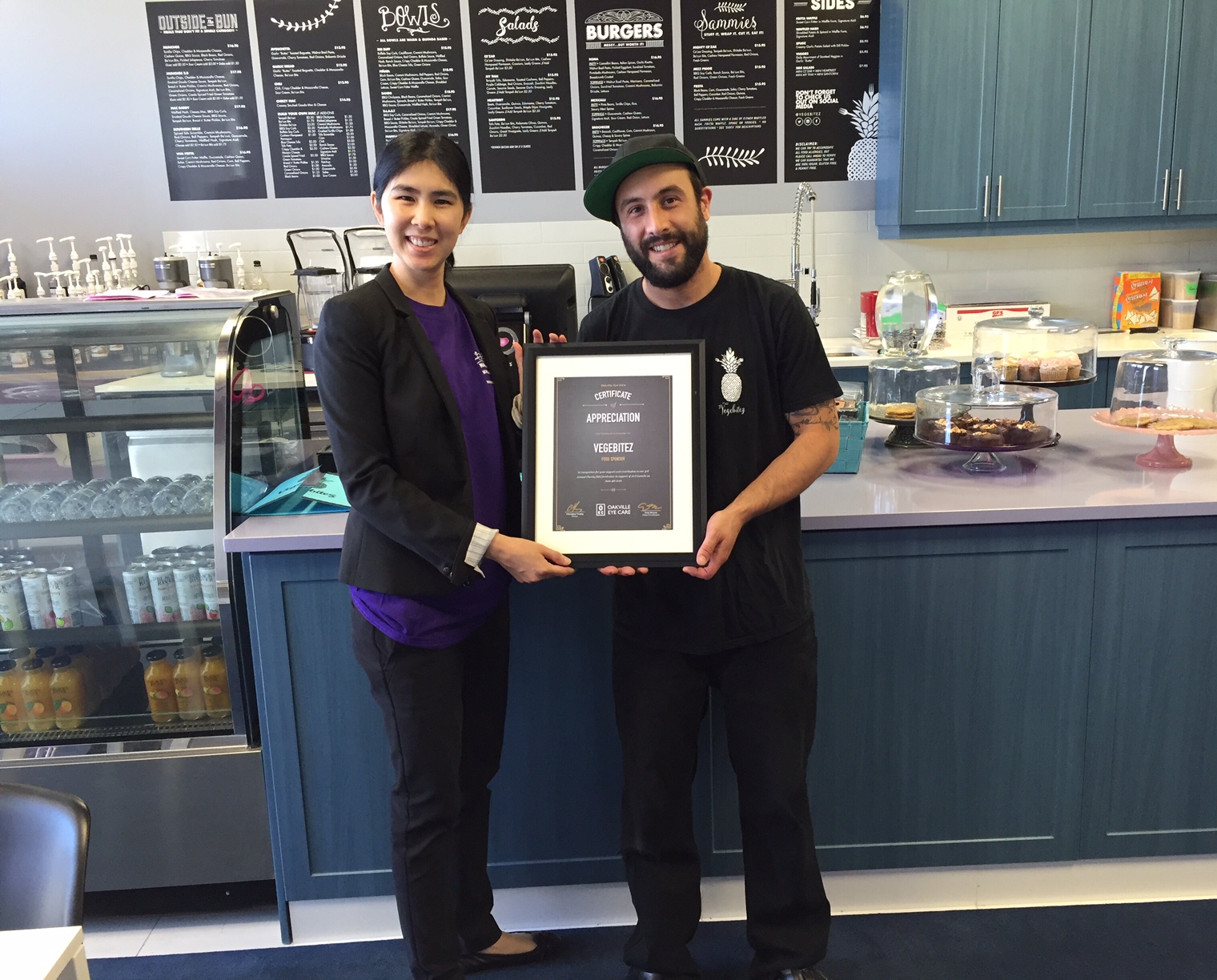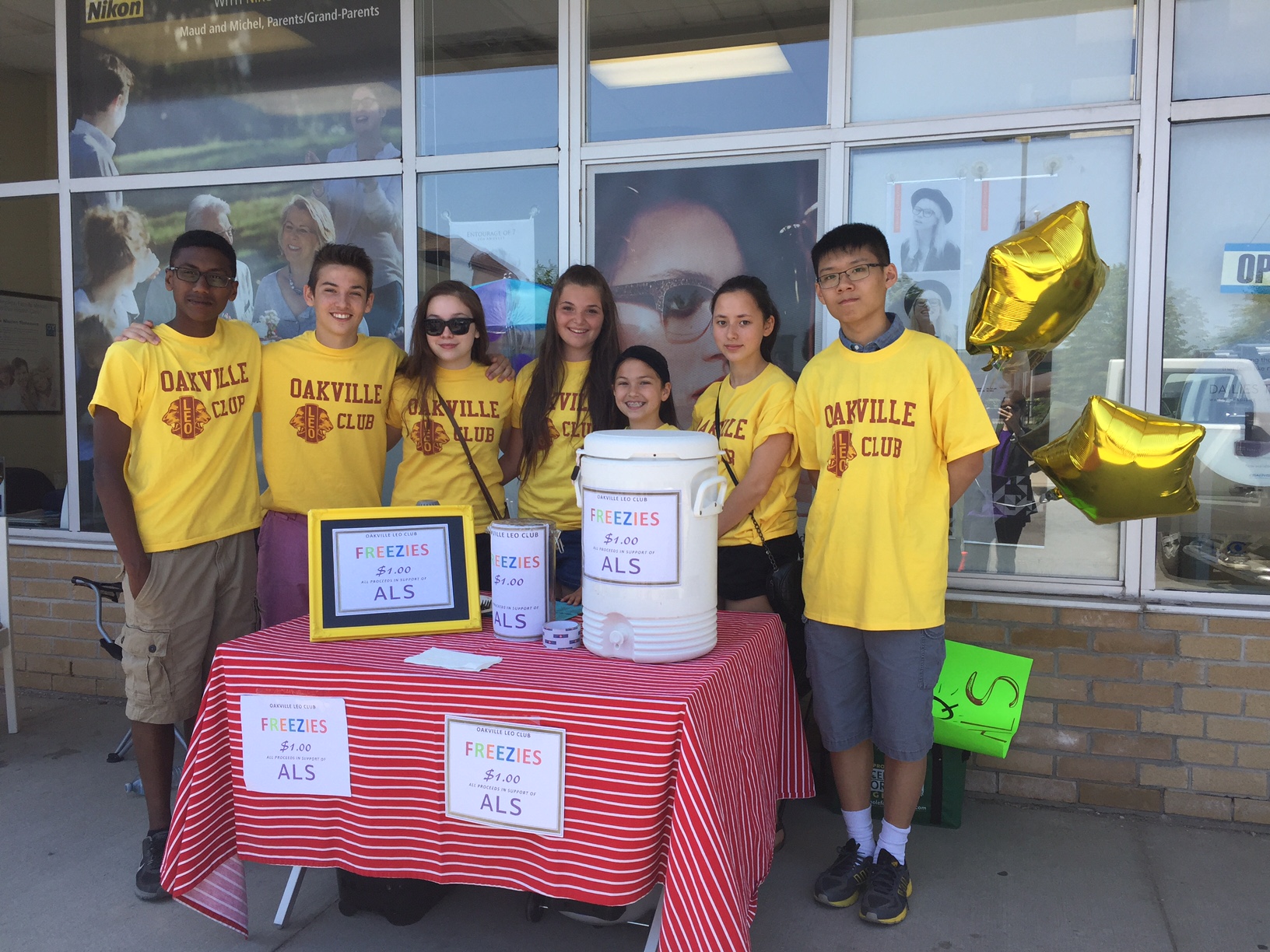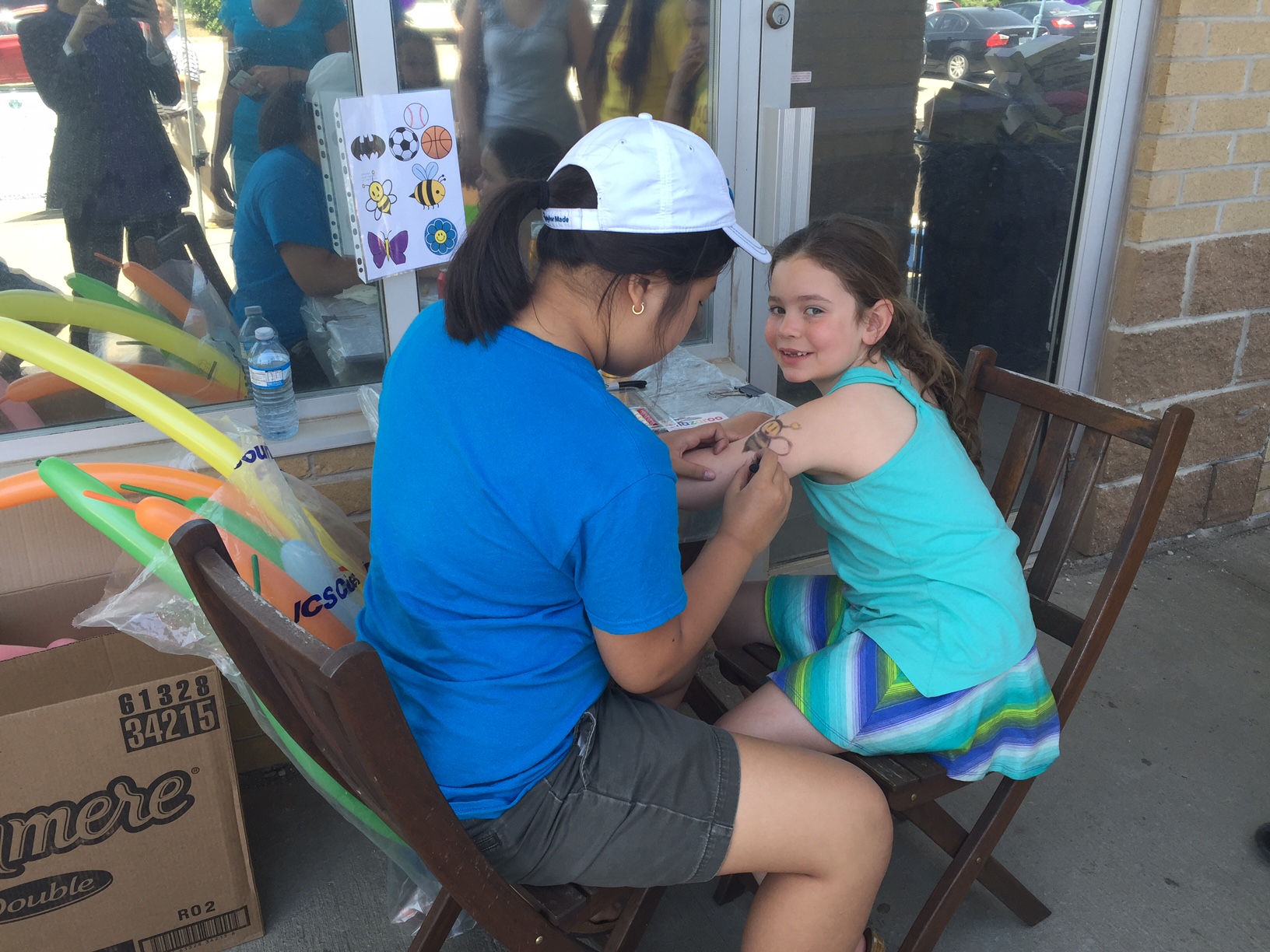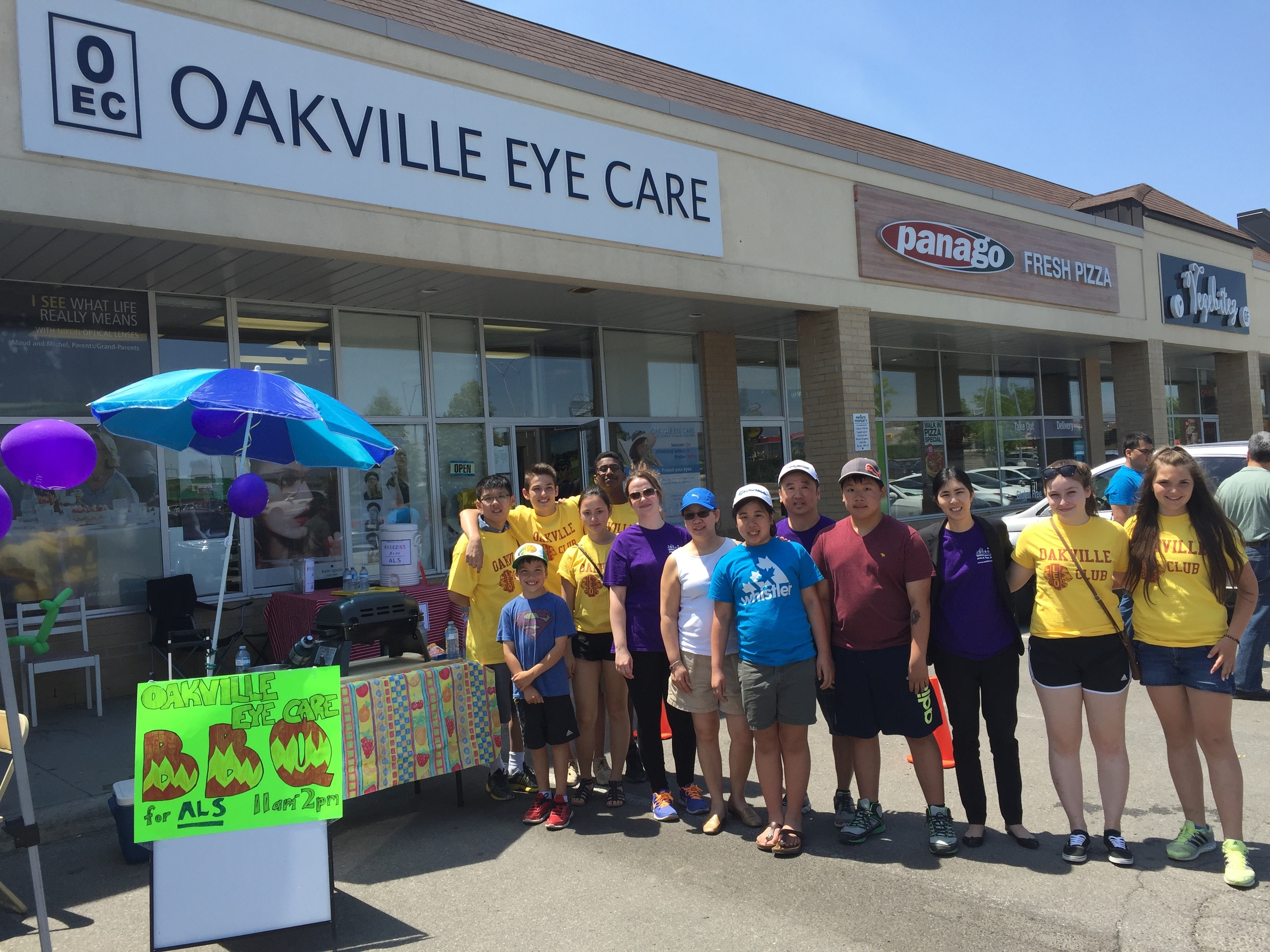The warmer weather is upon us and it’s no better time to get in the habit of choosing outdoor play versus staring at our digital screens. There is no denying that our children are becoming more near-sightedness these days compared to decades ago. The World Health Organization (WHO) has reported “myopia and high myopia are increasing globally at an alarming rate, with significant increases in the risks of vision impairment from pathologic conditions associated with high myopia, including retinal damage, cataract, and glaucoma.” Following a recent study, the WHO estimated myopia affects 29.8% of the general population and that by the year 2050, more than 60% of the general population will be near-sighted. This statistic is staggering.
So what is causing this sharp increase in near-sightedness? Part of the reason can be attributed to our genes. Some may say, the apple doesn’t fall far from the tree. However, if it was all based on genetics, we shouldn’t be seeing such a dramatic spike in prevalence. The myopic epidemic has grown far too quickly to be solely based on evolution. In fact, we are learning that our environment plays a large role in determine whether we becoming near-sighted or not. The amount of time we spend indoors and on close work, such as reading, and digital devices seems to be associated with myopia.
Just last month, the American Academy of Orthokeratology and Myopia Control (AAOMC) held their annual conference in Orlando, where world-renowned experts, practitioners, academics, and manufacturers discussed the latest developments, innovations and research in corneal reshaping, myopia control and specialty contact lenses. As an AAOMC member and attendee at the conference, Oakville Eye Care’s lead optometrist, Dr. Yeung, is excited to bring back the latest research and technology to Oakville in helping the children in our community fight myopia. “Our goal at Oakville Eye Care is to slow down or halt myopic progression in children and, hopefully one day, successfully prevent the development of myopia.” There are currently a few methods to help slow down near-sightedness, each with varying degrees of success. “Each time we diagnosis a child with myopia, we discuss with parents their options of intervention in hopes that their child will not experience an increase in their near-sightedness and not have to get thicker and thicker eyeglasses year after year. Some of these methods include daytime speciality contact lenses, over-night speciality contact lenses (orthokeratology), and nightly use of prescription (low dose atropine) eye drops.” Dr. Yeung also offers free consultations at her Myopia Control Center to those interested in learning the latest research and deciding which option is best for their myopic child.
Aside from intervention, one good habit that children can develop that may reduce their likelihood of developing near-sightedness is as simple as playing outside. Studies have shown that spending time outdoors (approximately 3 hours per day) appears to be protective factor for myopia development and disease progression. “We often see children and teens come into our clinic holding a smart phone or tablet, and we often remind them the benefits of putting down their digital devices and going to play outside.” “It’s a good reminder for myself as well,” says Dr. Yeung. “As clinicians and parents, it’s also important to practice what we preach. We hope one day to beat the statistics and help children lead healthier lives with better vision.”
